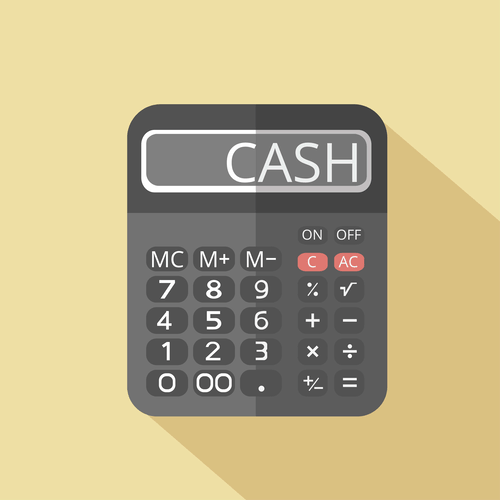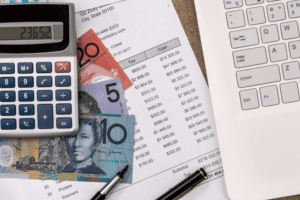
While you probably know that liabilities represent debts that your business owes, you may not know that there are different types of liabilities. Take a few minutes and learn about the different types of liabilities and how they can affect your business. Below is a current liabilities example using the consolidated balance sheet of Macy’s Inc. (M) from the company’s 10-Q report reported on Aug. 3, 2019. Liabilities must be reported according to the accepted accounting principles.

B2B Payments

Liabilities are unsettled obligations to third parties that represent a future cash outflow, or more specifically, the external financing used by a company to fund the purchase and maintenance of assets. The primary classification liabilities list of liabilities is according to their due date. The classification is critical to the company’s management of its financial obligations. On a balance sheet, liabilities are listed according to the time when the obligation is due.
Why Is Accounts Payable a Current Liability?
All of our content is based on objective analysis, and the opinions are our own. These costs could arise in the future based on the outcome of an event which a company may have minimal control over. Companies may plan for these expenses if they anticipate an outcome requiring them to do so. Companies often borrow funds when expanding a business which could result in new hires and revenue growth. The borrowing of funds to expand the business may be viewed as a positive liability. A concept known as double-entry bookkeeping also called double-entry accounting is the backbone of basic accounting.[6]Financial Accounting Foundation.
What Are Liabilities in Accounting? (With Examples)
Long-term debt is also known as bonds payable and it’s usually the largest liability and at the top of the list. Liabilities in accounting are money owed to buy an asset, like a loan used to purchase new office equipment or pay expenses, which are ongoing payments for something that has no physical value or for a service. High levels of current liabilities can negatively impact a company’s profitability due to high-interest payments on debts or other obligations.
- Companies segregate their liabilities by their time horizon for when they’re due.
- Current liabilities of a company consist of short-term financial obligations that are typically due within one year.
- Depending on the nature of the received benefit, the company’s accountants classify it as either an asset or expense, which will receive the debit entry.
- Notes payable is similar to accounts payable; the difference is the presence of a written promise to pay.
- FreshBooks Software is a valuable tool that can help businesses efficiently manage their financial health.
- Liabilities are any debts your company has, whether it’s bank loans, mortgages, unpaid bills, IOUs, or any other sum of money that you owe someone else.
The main difference between assets and liabilities is that assets provide a future economic benefit while liabilities represent a future obligation. Together, they form a picture of a small business’s financial standing. If a company has too much debt compared to assets, it’s considered to be highly leveraged, and the company might have trouble getting a business loan, attracting investors, or paying bills. For example, if the cost of an item is included in the ending inventory but a corresponding payable and/or purchase is not recorded, both the cost of goods sold and total liabilities will be understated. In connection with current liabilities, the difference between the value today and future cash outlay is not material due to the short time span between the time the liability is incurred and when it is paid. Current liabilities require the use of existing resources that are classified as current assets or require the creation of new current liabilities.

- To find these amounts, refer to your bookkeeping records or accounting software, or review your receipts, bills, and credit card or bank transactions.
- Liabilities are listed on a company’s balance sheet and expenses are listed on a company’s income statement.
- Keep up with Michelle’s CPA career — and ultramarathoning endeavors — on LinkedIn.
- Owner’s funds/Capital/Equity – Last among types of liabilities is the amount owed to proprietors as capital, it is also called as owner’s equity or equity.
- They can include debentures, loans, deferred tax liabilities, and pension obligations.
- Tax liability can refer to the property taxes that a homeowner owes to the municipal government or the income tax they owe to the federal government.
Once you identify all of your liabilities and assets, you can find your net worth. We believe everyone should be able to make financial decisions with confidence. Proof of submission of an Entry shall not be deemed proof of receipt by Sponsor.
- This basic concept of liability is the same whether you’re discussing personal or business liabilities, but there’s a lot more to remember when it comes to financial liabilities besides who owes who a beer.
- If you’re unhappy with your net worth figure and believe liabilities are to blame, there are steps you can take.
- A liability is generally an obligation between one party and another that’s not yet completed or paid.
- In the case of liabilities, the “other” tag can refer to things like intercompany borrowings and sales taxes.
- However, many countries also follow their own reporting standards, such as the GAAP in the U.S. or the Russian Accounting Principles (RAP) in Russia.
- These liabilities provide an overall view of a company’s financial commitments.
- There are mainly four types of liabilities in a business; current liabilities, non-current liabilities, contingent liabilities & capital.
How Current Liabilities Work
Companies should strive to keep their total amount of current liabilities as low as possible in order to remain profitable. That is to say, notes and loans are usually listed first, then accounts payable, and finally accrued liabilities and taxes. The Current Ratio is calculated by dividing current assets by current liabilities and displays the short-term liquidity available to a company to meet debt obligations.